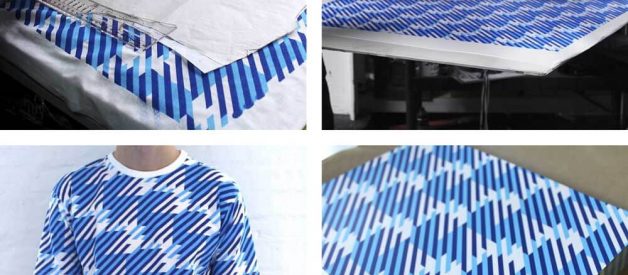In the past few years, technology has developed massively.
Things that used to be impossible are now easily doable without too much hassle.
The printing industry has benefited from the latest advancements in print technology.
Many printers have moved away from the traditional analogue approach, and some of the biggest firms are making use of digital equipment that is distinct from t-shirt printing which uses traditional silk screens.
There are different aspects to take into account for the people who are unfamiliar with the printing industry.
In today?s era, there are tonnes of options out there.
All the approaches are different and come with their individual characteristics.
Direct to Garment (DTG) and screen printing are the most popular and certainly the most qualitative.
In the past few years, t-shirt printing agencies have been making use of silk screen printing as their preferred method for designing t-shirts.
The only other substitute used was iron-on designs or transfers that produced unique products.
The biggest problem with iron-on was the fact that it was a time-consuming process when it comes to designing many t-shirts.
On the other hand, the screen printing process allowed the distribution agencies to create many t-shirts in short duration.
However, with the introduction of digital printing, things changed.
More and more people are using this process to create unique designs.
Digital printing is a new era of printing that allowed the print agencies to print designs from a computer, directly onto a shirt.
The screen printing process involves creating a screen and utilises it as a stencil for applying layers of ink on the printing surface.
In this procedure, you require various screens for distinct colours that are used in the design and merged to get the final look.
Screen printing is the ultimate option for designs that need a top level of vibrancy especially when printing on dark background or product.
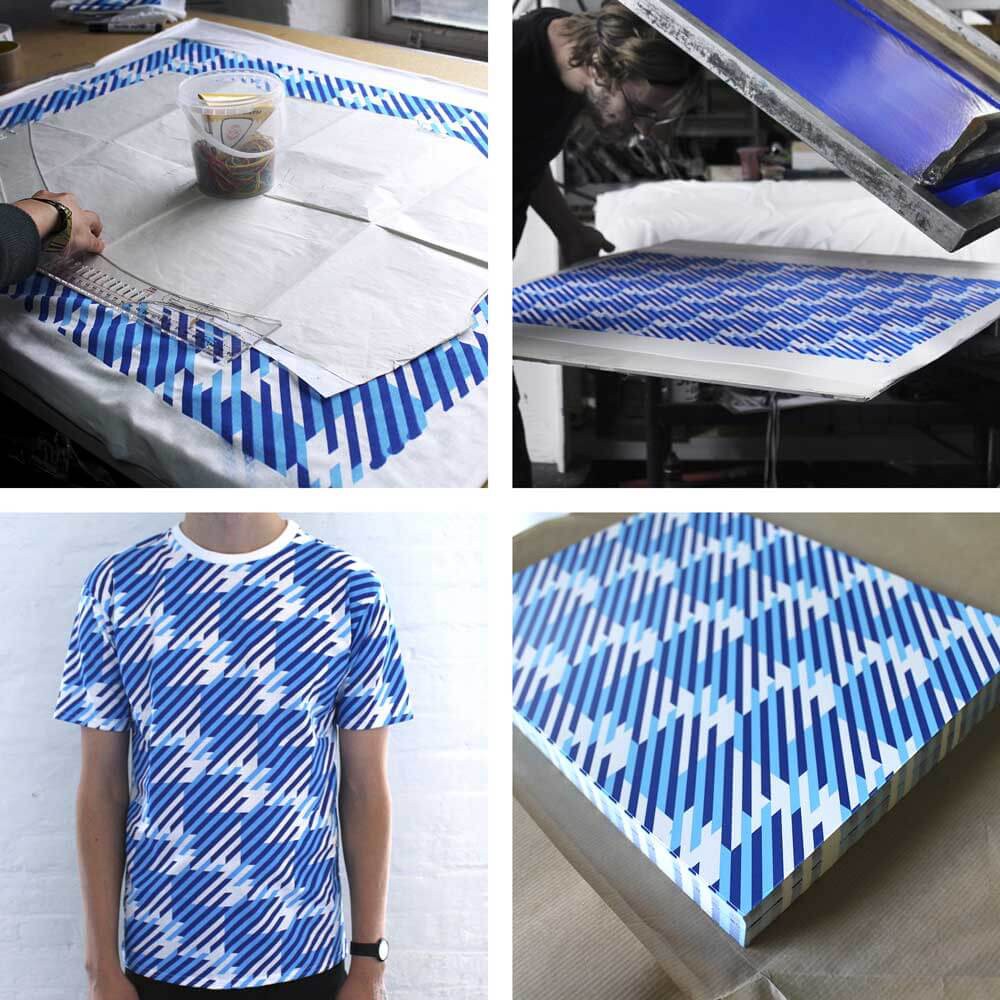
Used for larger orders, the dye colour in screen printing equipment is applied thicker than the digital printing that results in brighter colour even on darker shades.
It is simpler and more cost-effective to utilise silk screen printing artists for mass production, rather than digital printing on fabric.
Related Article: How The Right Logo Design Can Increase Sales
With the continuous change in the fashion industry, it is becoming an important factor for market domination.
As a result, many retailers are planning to go for minimum stocks and give repeat orders.
Advantages of Screen Printing
- Highly cost-efficient process for bulk orders.
- Easy to print on specified areas.
- Huge range of printable fabrics such as wood, textiles, glass and more.
- Top-quality output.
- Long-lasting prints.
Digital Printing
Digital printing is an ultimate direct to garment printing process that is preferred by a fewer number of orders.
In case a design needs a full-colour spectrum, it might be listed as a full-colour print and will be published in this form as well.
The primary benefit of digital printing is that multiple colour palettes allow people to recreate anything virtually.
This is an ultimate process that calls for artwork which needs to be handled by a computer and printed directly to the surface of the garment.
Imagine digital printing like printing out a paper from a printer except on larger scale with ink made for fabric.
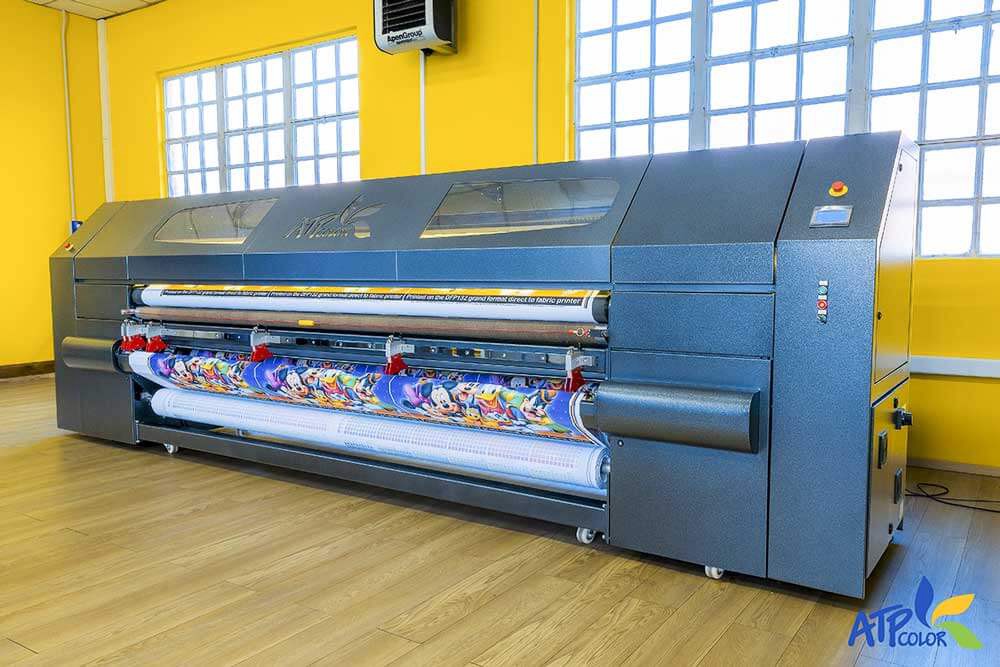
Digital printing is ideally suited on a light coloured base as the ink is applied thinner that enables the design to shine through.
As there are no screens or physical set up, the fact that the design is processed and printed digitally brings the quality output.
Advantages of Digital Printing
- Easy to print various colours.
- Changeable data and personalisation options.
- Minimum set up costs.
- The design does not bump out.
- Good for short runs.
Now, as we have discussed what these two techniques mean, let?s see the major differences between them.
The size of the order
It totally depends on the number of units you need when deciding on which technique to use.
The screen printing process is arduous and involves extensive preparation and comes with minimum order requirements.
On the other hand, digital printing has a lot more scope for flexibility because of lesser techniques required.
Another major point to take into consideration is the price.
Digital printing comes at a flat rate which means that the price per unit remains the same no matter how many pieces are printed.
In the case of screen printing supplies, the price per unit decreases as you produce more units, mainly because once the screen is made, it can be used countless times.
Design
If you want to decide which technique to utilise that does not affect your design, then it is preferable to split this section into two categories.
Related Article: What is Brand Marketing?
Detail
Digital printing manages detailed designs better than silk screen printing equipment when it comes to deciding between both the techniques.
Images are sharper with more clarity.
So, in case your designs have small touches or letters, digital is the way to go.
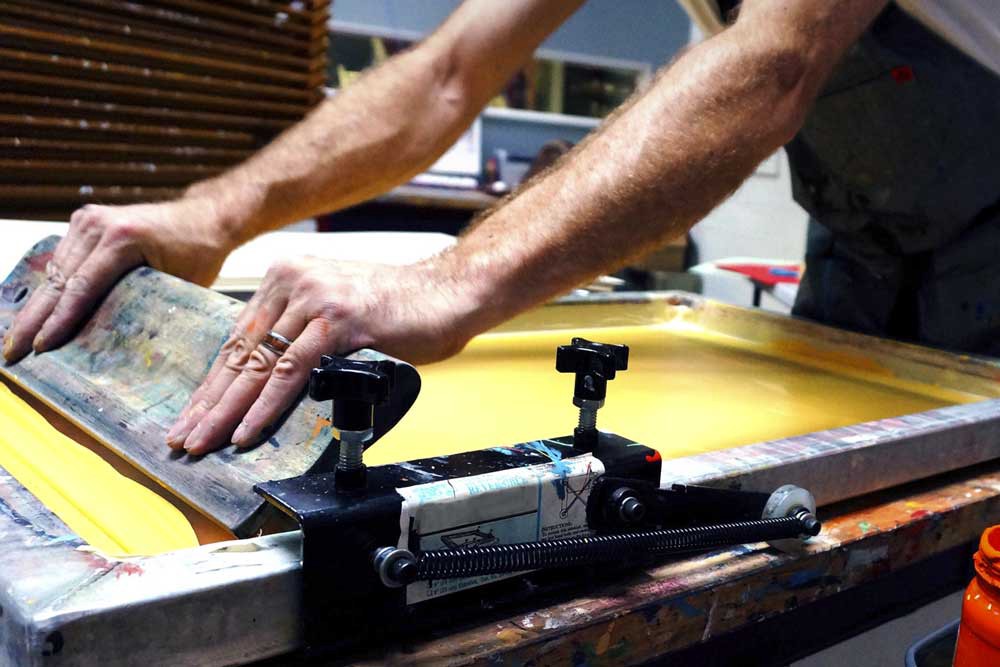
Colour
One major drawback of digital is that it is limited regarding colour.
While screen printing supplies make use of pure colour (often Pantone), digital opts CMYK that mixes tones to mimic the right one.
Moreover, screen printing machines produce more vivid colours.
The entire process of pouring every colour layer through the screens offers screen-printed products a vibrant and lasting colour.
If the process is done properly, the outfit can last for a longer duration even though there are some limitations to colour possibilities.
In digital printing on fabric, the image is directly transferred onto the material, and complete detail can be captured.
However, the quality of the image degrades, and some details may not get transferred correctly if the picture resolution is not high enough.
Material
The vital difference between the two techniques is the breadth of materials that can be printed on.
Screen printing can be done on any material ranging from cotton to polyester and from Teflon to nylon whereas digital is limited to exclusively 100% cotton.
However, it must be said that for both techniques, cotton is ideal.
Quick And Cheaper
Silk screen printing is still being used by t-shirt printing companies and is the most used process, but the digital process has also become the main alternative for small runs.
The set up for digital is much easier and cost-efficient.
Talking about the screen process, one has to set up a screen for every colour which indicates that the more complicated the design, the more screens the printer will need.
This leads to the increase in manual labour which will automatically raise the cost.
However, when it comes to digital printing on fabric, there are numerous colours and no screens, only one flat fee per t-shirt.
So, instead of preparing all the screens from before, the only set up digital need is a pre-treatment of the t-shirt that offers the shirt a solid base and protects the digitally printed ink from smearing.
Time Consumed
Another important factor to take into consideration is the total time consumed while using these techniques.
If you are looking to completing a project within a short span of time, you must go with digital technology.
Related Article: Colours In Logo Design
This method can handle a huge quantity in a short duration.
As discussed earlier, the screen printing process is complicated.
The preparation time will alone consume a significant amount of your time frame.
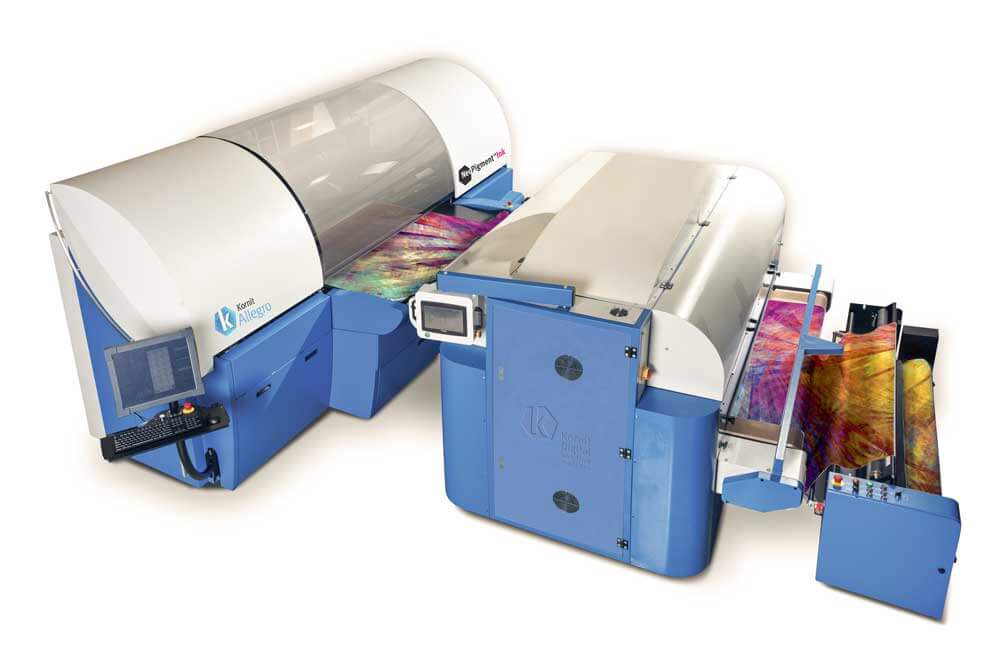
Quality
When it comes to quality, then silk screen printing equipment is ahead.
It offers better quality imaging as the ink gets completely absorbed and lasts for the longer duration.
Moreover, it provides clear edges to the image printing mainly because of the accuracy that specifically created stencils offer.
On the other hand, while using digital printing, though the ink does not spread as the image is directly printed on the fabric, but it tends to lose its colour more quickly as compared to screen printing images.
However, if anyone has vivid images to imprint, then this is an ideal option as all the colours are present in the single image and the user does not need to separate screen for the same.
Wrapping Up
Finally, to conclude, digital printing on fabrics is the most popular approach today.
In the past, there were rarely any digital printers, but now, most of the printing companies have a digital printer and make use of it for all single garment orders.
The capability of designing outstanding graphics on computers is one of the skills highly in demand these days.
However, before the advent of digital printing, computer generated drawings are still printed on apparels with the newest screen technology.
Digital printing is the best alternative to screen printing.
Author Bio: Jennifer Adam is a highly trained T-shirt designer software developer who is currently working with a highly reputed organisation named inkyROBO. Owing to an amazing skill set and expertise in the related domain, she has achieved great results till date. This blog has been penned down with an aim to deliver useful knowledge to the readers.
If you wish to discuss how we can develop your brand or provide graphic design for your product or business, email us at: [email protected]
Inkbot Design is a Creative Branding Agency that is passionate about effective Graphic Design, Brand Identity, Logos and Web Design.
T: @inkbotdesign F: /inkbotdesign
